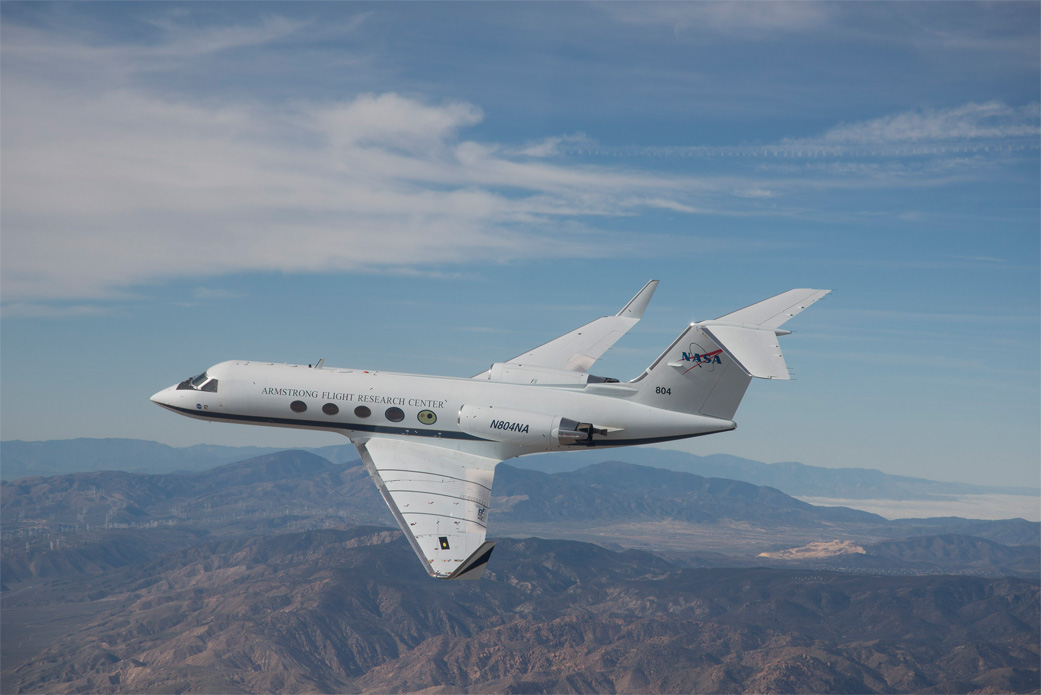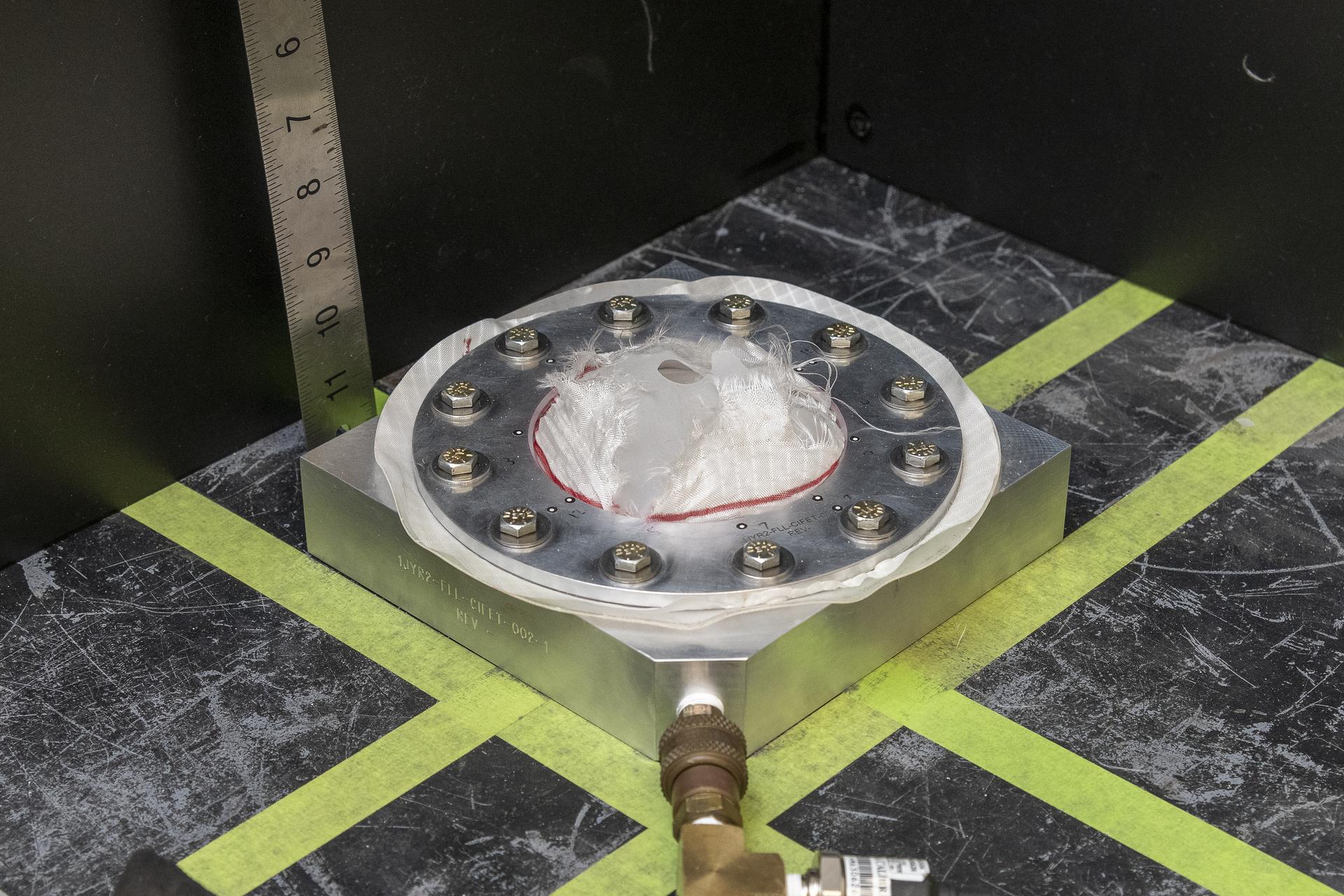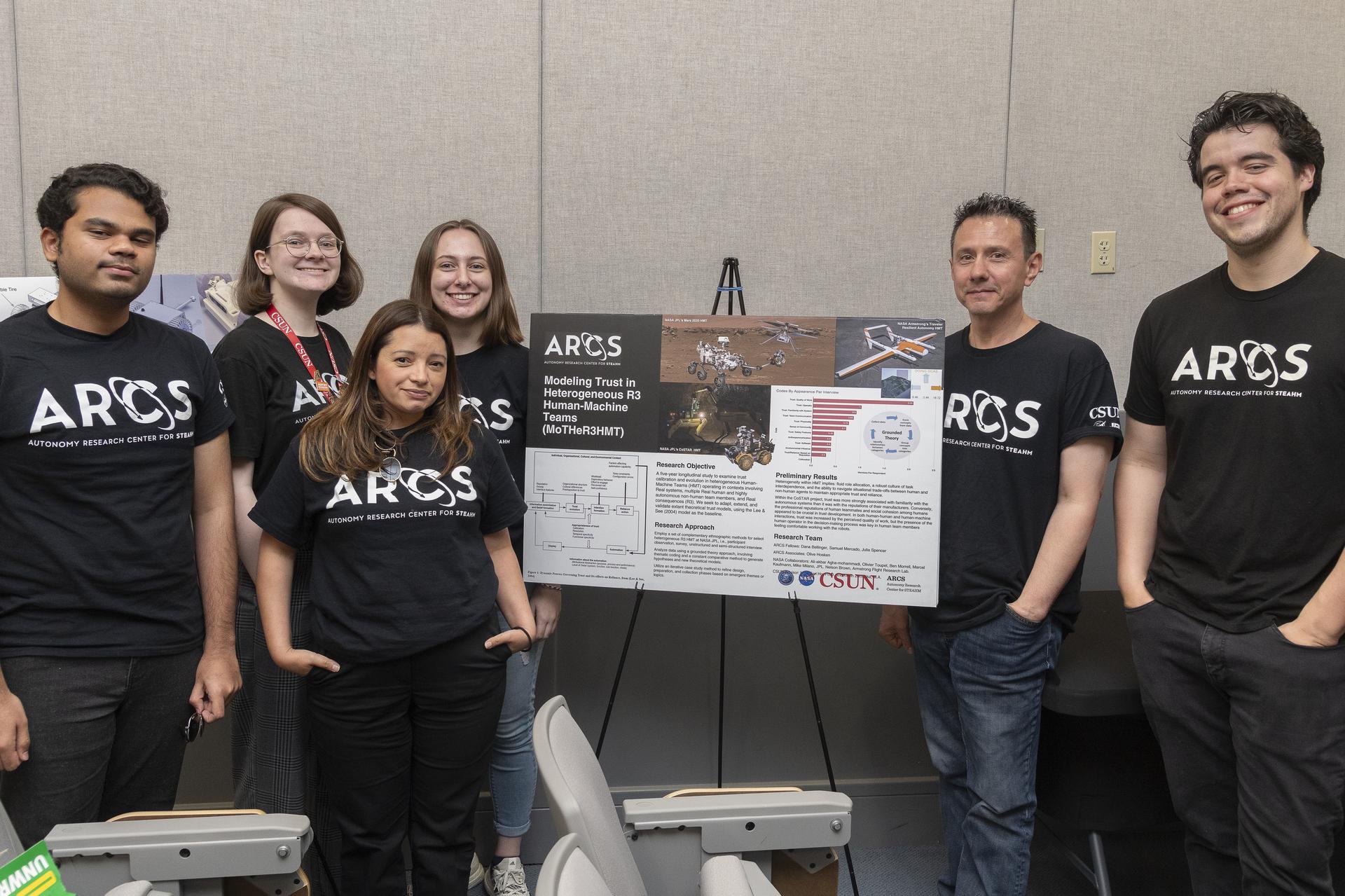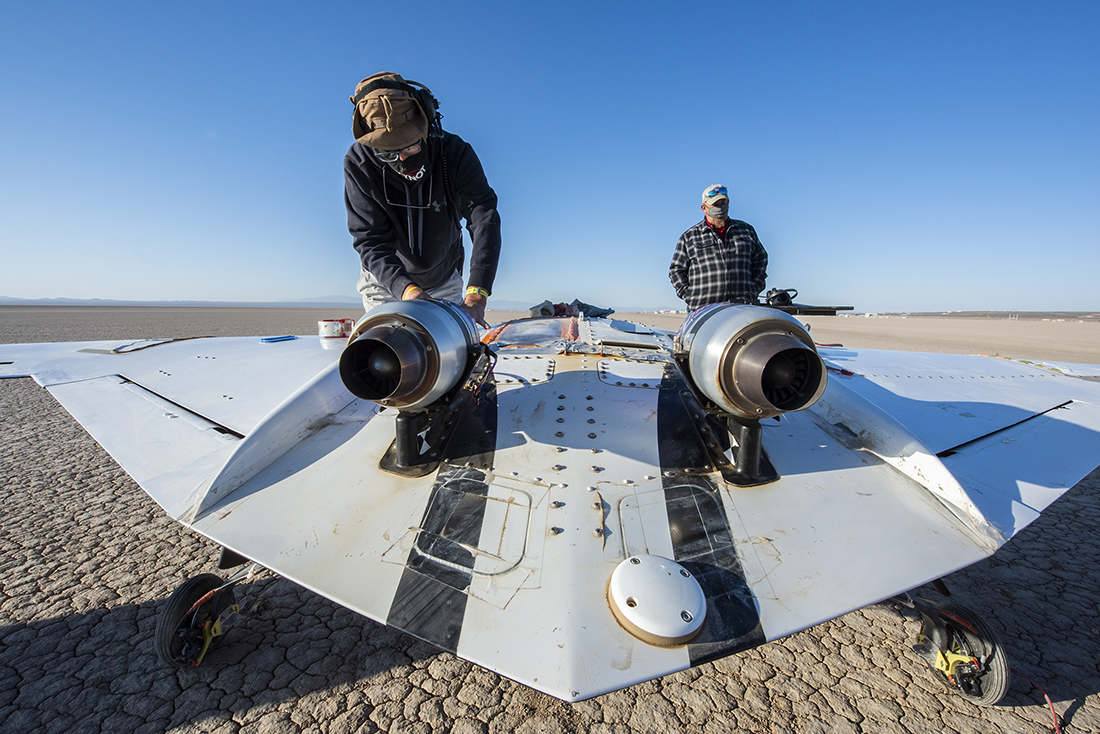The Aerodynamics and Propulsion branch is part of the Research and Engineering Directorate at NASA’s Armstrong Flight Research Center in Edwards, California. The branch’s capabilities include aerodynamics, propulsion and performance, flow physics, and aerospace meteorology.
The branch supports Armstrong’s mission of advancing technology and science through flight with projects like the Stratospheric Observatory For Infrared Astronomy (SOFIA), Adaptive Compliant Trailing Edge Flap (ACTE), Acoustics Research Measurements (ARM), and Swept Wing Laminar Flow (SWLF). It also is supporting new technologies and flight test techniques through work on Towed Glider Air-Launch System (TGALS), Airborne Background-Oriented Schlieren (AirBOS), and Background Oriented Schlieren using Celestial Objects (BOSCO). The team is working on promising technologies for more efficient flight through the atmosphere, including Hybrid-Electric Integrated Systems Testbed (HEIST), Scalable Convergent Electric Propulsion Technology and Operations Research (SCEPTOR), and Spanwise Adaptive Wing (SAW). Projects like Sonic Booms in Atmospheric Turbulence (SonicBAT), and work in space weather radiation characterization are providing new insights into our atmosphere and its effects on aviation. The branch also works closely with the center chief technologist to leverage unique research opportunities with Armstrong’s developing technology portfolio. The following represents the competencies and skills that reside in the Aerodynamics and Propulsion branch.
Fluid and Flight Mechanics
- Atmospheric aerodynamic analysis and modeling across all speed regimes
- Flow visualization for diagnostic and research purposes, including IR thermography and schlieren techniques
- Boundary layers, heat transfer, and viscous flow fields
- Internal fluid mechanics
- Sonic boom propagation and measurement
- Thrust and drag accounting
- Flight vehicle performance modeling, prediction, and trajectory optimization
- Parameter identification (PID)
- Computational fluid dynamics (CFD) analysis tools (OVERFLOW, StarCCM+)
Airdata Measurement
- Flush Air Data System (FADS)
- Calibration of air data systems
- Quantification of vehicle state
- Research and development of innovative measurement and methodologies, including hot films and experimental air data probes
Propulsion Research and Technologies
- Overall vehicle performance
- Turbine/rocket/scramjet engine technology
- Inlet, exhaust/nozzle integration
- Integrated propulsion controls
- Alternative power systems/fuel cells
- Vehicle/propulsion health management technologies
- Next generation launch/propulsion concepts
Meteorological Support
- Forecasting including hazards and particulates
- Climatology
- Surface and boundary layer meteorology
- Upper Air measurement capability
- Forensic meteorology
- Weather balloon launch capability
- Real-Time mission weather monitoring
- Weather safety (Lightning and Heat stress)
- Education and Outreach
Facilities
- Water tunnel
- Engine shop
- Computational clusters and workstations

































